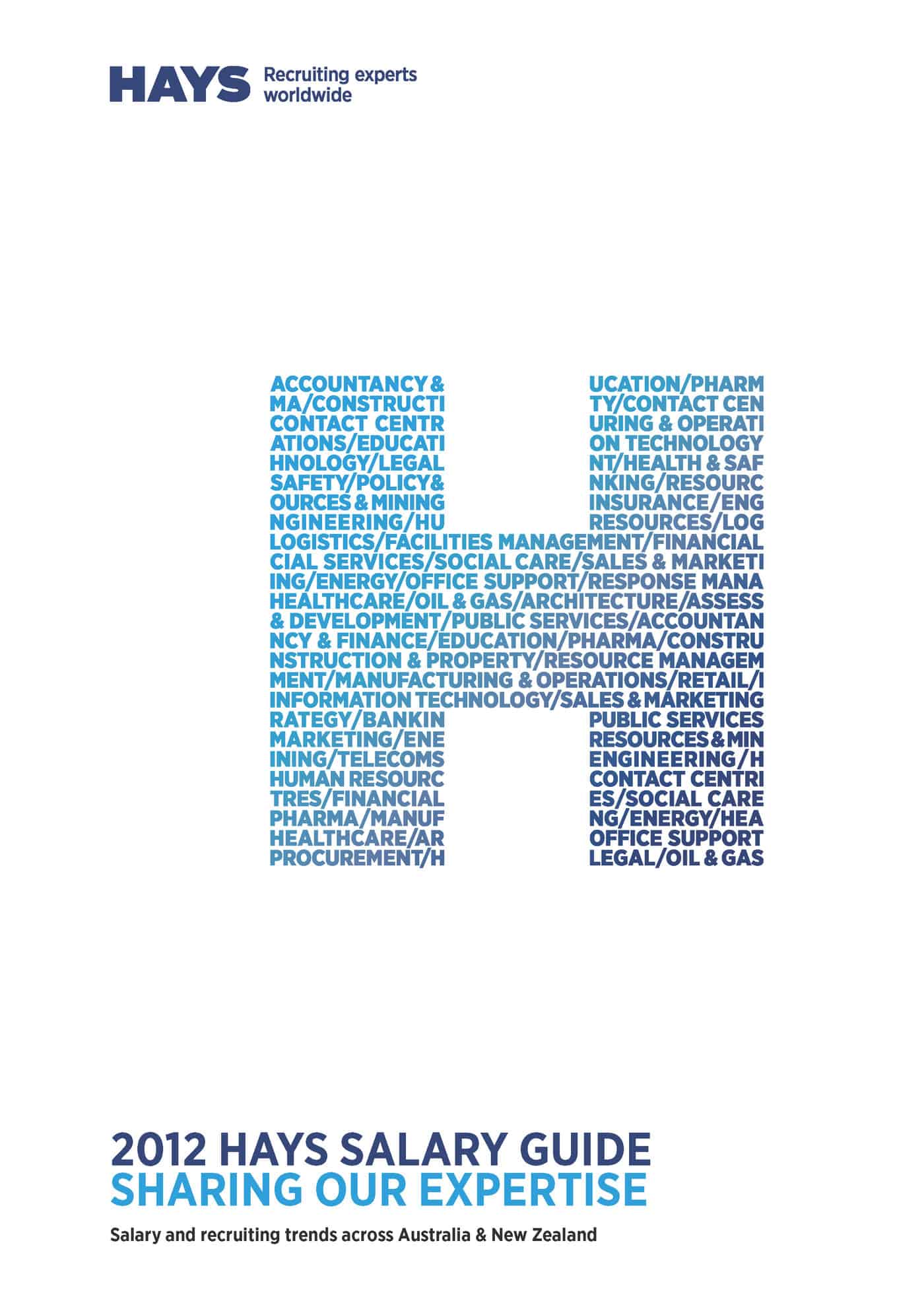 The Australian Government has released its report into a review of its national workers’ compensation scheme, Comcare, and the Safety, Rehabilitation and Compensation (SRC) Act. Some of the media (and politicians), as it often does, has focused on the seemingly absurd compensation claims. Few cases have gained the same degree of national and international attention as the sex case for instance, and although most workers’ compensation reports focus on post-incident treatments, there is a glimmer of hope on occupational health and safety (OHS) in this latest review.
The Australian Government has released its report into a review of its national workers’ compensation scheme, Comcare, and the Safety, Rehabilitation and Compensation (SRC) Act. Some of the media (and politicians), as it often does, has focused on the seemingly absurd compensation claims. Few cases have gained the same degree of national and international attention as the sex case for instance, and although most workers’ compensation reports focus on post-incident treatments, there is a glimmer of hope on occupational health and safety (OHS) in this latest review.
The report, the latest undertaken by Peter Hanks QC, states that one of the guiding principles of the SRC Act should be an acknowledgement that
“The benefit and premium structure should promote incident prevention and reduce risk of loss.” (page 25)
This would be a wonderful benchmark to apply but is likely to be overshadowed by the compensation and rehabilitation issues of the review, unless OHS professionals and practitioners continue to remind regulators that prevention is better than cure.
Peter Hanks admits in a 2012 video interview on his review that injury prevention is not part of the terms of reference but there are elements of his report that require serious consideration by OHS professionals in consultation with their Human Resources (HR) colleagues. Continue reading “Latest review into workers compensation provides OHS clues”


 The short morning break. You hurry, you panic, get a quick hot drink, a cigarette, quickly back into it. Hour after hour after hour “for the last 20 years” she said. From 5 am when she gets up to do things before rushing to work to start at 7 am. Rush back home at 3 pm to pick up ‘the youngan-whydidIdoit’ as she said of her late in life baby. She looked about 40.
The short morning break. You hurry, you panic, get a quick hot drink, a cigarette, quickly back into it. Hour after hour after hour “for the last 20 years” she said. From 5 am when she gets up to do things before rushing to work to start at 7 am. Rush back home at 3 pm to pick up ‘the youngan-whydidIdoit’ as she said of her late in life baby. She looked about 40.
